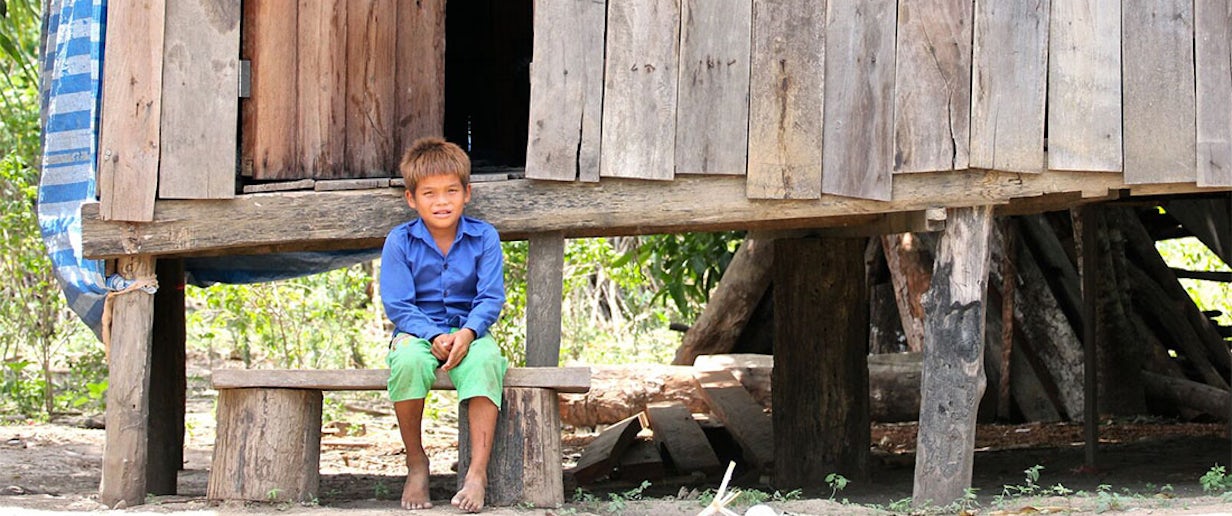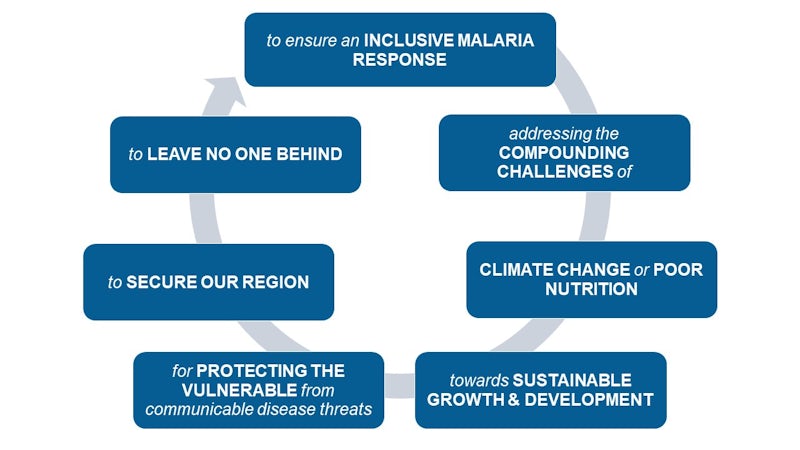Malaria in Asia Pacific

Photo credit to Pearl Gan in association with EOCRU, Jakarta ; OUCRU, Vietnam and The Wellcome Trust, UK.
The Asia Pacific region, home to 60% of the world population, has made tremendous progress toward malaria elimination, achieving a 63% reduction in malaria cases and an 87% reduction in malaria deaths in the past decade.
In the Greater Mekong Subregion, malaria cases have fallen by over 90% since 2010. Sri Lanka and China have been certified malaria free, while Malaysia may be eligible percent for certification of elimination in 2022.
Despite these successes, two billion people in Asia Pacific remain at risk of malaria. Just six low- and lower-middle-income countries contribute to 95% of the region’s malaria burden: India, Papua New Guinea, Indonesia, Pakistan, Solomon Islands and Afghanistan.
The disease disproportionately affects isolated and impoverished populations who live and work in rural and border areas and are hard to reach through national public health systems. The parasite thrives where health systems are weak and where the poor and most at-risk populations lack affordable access to malaria prevention, diagnosis, and treatment. Strengthening health systems is and will continue to be key to eliminating malaria.
Malaria Elimination for All
One key strategy is to reach the unreached communities. Doing so means that the region’s health response should be inclusive and address the needs of the most affected and hard-to-reach communities, particularly at-risk groups.
The uneven progress in the malaria fight in Asia Pacific is also testament to this need. These includes young male forest goers, pregnant women and girls, tribal populations, and other socially disadvantaged and at-risk populations. These at-risk communities need to be included at the centre of malaria programming and decision making.
The global objective to strengthen health systems to improve health outcomes is also embodied in Sustainable Development Goal 3 on ensuring healthy lives and promoting well-being for all, across age groups. This includes target 3.3 focused on eliminating communicable diseases, including malaria, by 2030, and target 3.8 focused on achieving Universal Health Coverage through “financial risk protection, access to quality essential health services, and access to safe, effective and affordable essential medicines and vaccines for all.”
Achieving the dual aims of universal health coverage and malaria elimination calls for:
- An integration of malaria services in the broader health system, and for a whole-of-government and whole-of-society response.
- With integration, we can secure the Asia Pacific region collectively against existing and future communicable disease threats. From greater health security will emanate better and more sustainable growth and development.
- Sustained financing for health will be critical to achieve health security. Beyond sustained donor funding for malaria, donors should support ongoing projects to integrate malaria services into the broader health system. Domestic budgets for health need to increase and represent a higher percentage of GDP as it is an investment in the future and key to preparedness against future pandemics. A healthy population contributes to economic security.
Cross-cutting Themes for Malaria Elimination

Malaria strategies also need to continuously adapt to best respond to ongoing challenges including competing pandemics, such as COVID-19. Asia Pacific countries were quick to put in place mechanisms to sustain surveillance operations for malaria, as well as to integrate testing efforts for febrile patients. Similarly, the Asia Pacific region must also be more responsive to the compounding challenges posed by other trends such as poor nutrition, and the challenges posed by climate change.
This speaks further to the need for cross-sectoral collaboration. Beyond health agencies, with ministries of finance and other government agencies working on climate change, gender equality etc. can all be included.
It is only through the breaking down of silos and finding convergence between the challenges of this decade that we can accelerate efforts towards the 2030 elimination goal and mutually reinforce the target of universal health coverage.


